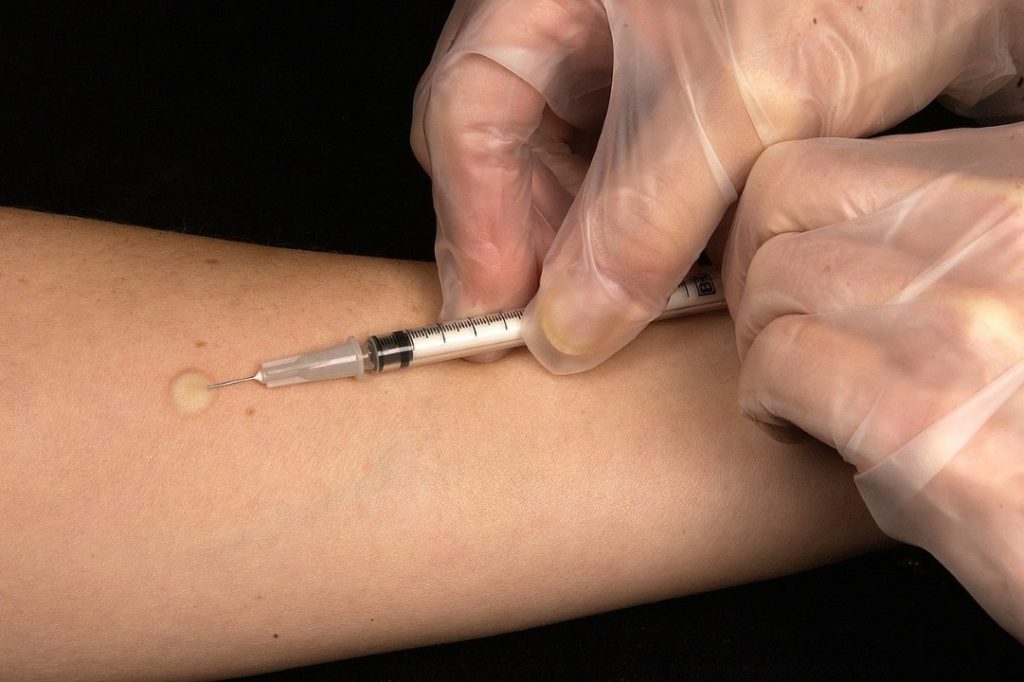
Contents
What is rabies vaccine?
Rabies is a serious disease caused by a virus. Rabies is mainly a disease of animals. Humans get rabies when they are bitten by an infected animal. There may be no symptoms at first, but weeks or even years after a bite from an infected animal, rabies can cause pain, fatigue, headaches, irritability, fever, seizures, hallucinations, and paralysis. Rabies can be fatal. Rabies vaccine is a vaccine used to control rabies. The vaccine should be given by intramuscular injection into the upper region of the thigh in small children. Two types of rabies immunizing products are available,- Rabies vaccines induce an active immune response that includes the production of neutralizing antibodies. This antibody response requires approximately 7–10 days to develop and usually persists for greater or equal to 2 years.
- Rabies immune globulin (RIG) provides a rapid, passive immunity that persists for only a short time (half-life of approximately 21 days).
Rabies Immunization Schedule
Pre exposure rabies vaccine-- Dose -1 as appropriate
- Dose -2 7 days after dose -1
- Dose -3 21 or 28 days after dose -1
- Previously unvaccinated people should receive the vaccine intramuscularly at 0, 3, 7, 14 and 28 days. They should also get another shot called rabies immune globulin at the same time as the first dose.
- Previously vaccinated people should receive two doses of the vaccine, the first immediately and the other 3 days later.
Effectiveness
Among persons who had been bitten by an animal that was proven to be rabid and who received both HRIG and a full of one of these modern rabies vaccines there have been no cases of rabies. Previously immunized people must still receive two additional doses of the vaccine exposed if exposed to virus, and the vaccine almost is 100% effective in these cases as well.Side effects
Mild Problems- soreness, redness, swelling, or itching where the shot was given
- headache, nausea, abdominal pain, muscle aches, dizziness
- hives, pain in the joints, fever (about 6% of booster doses)